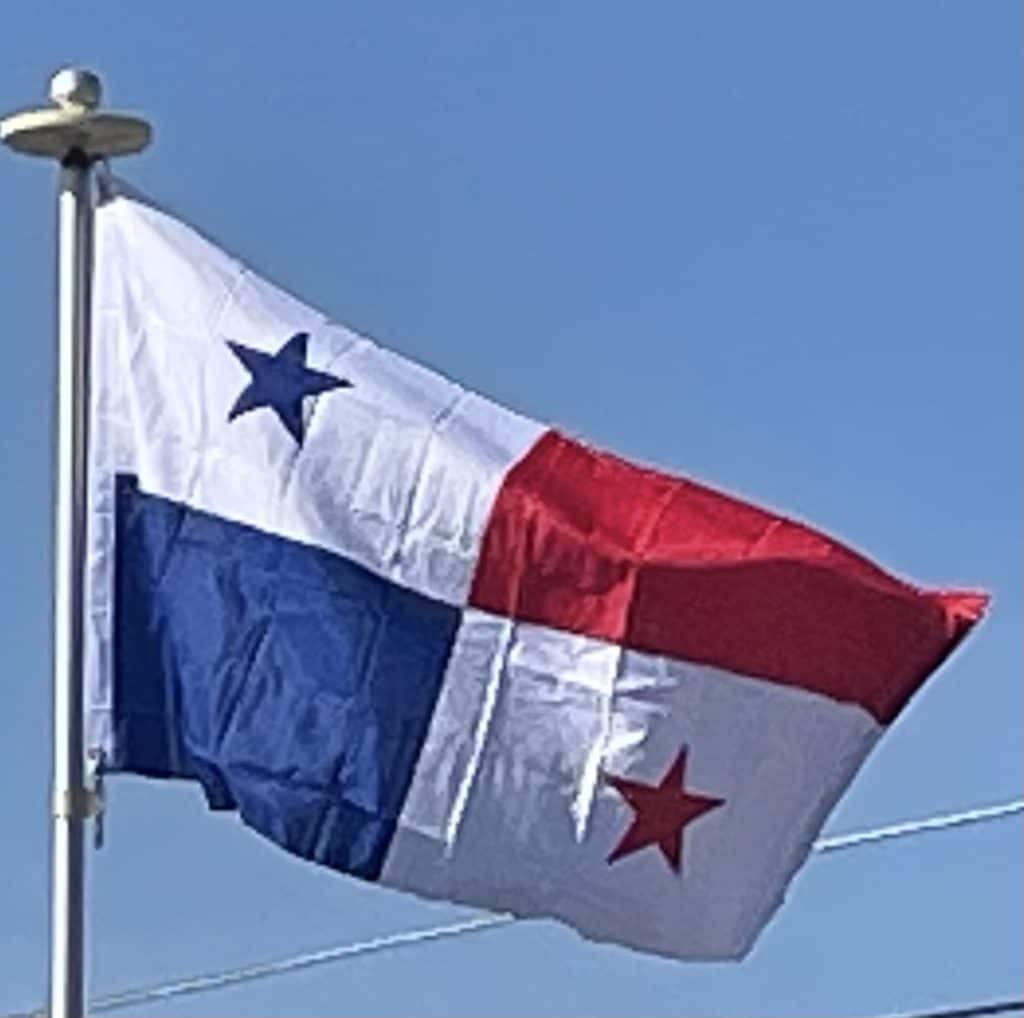Panama’s economy, because of its key geographic location, is mainly based on a well-developed service sector, especially commerce, tourism, and trading. The handover of the Canal and military installations by the United States has given rise to large construction projects.
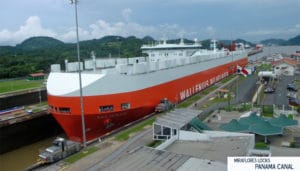
A project to build a third set of locks for the Panama Canal A was overwhelmingly approved in a referendum on October 22, 2006. The official estimated cost of the project is US$5.25 billion, but the canal is of major economic importance because it provides millions of dollars of toll revenue to the national economy and provides massive employment. Transfer of control of the Canal to the Panamanian government completed in 1999, after 85 years of US control.
Copper and gold deposits are being developed by foreign investors, to the dismay of some environmental groups, as all of the projects are located within protected areas.
Since the early 20th century, Panama has with the revenues from the canal built the largest Regional Financial Center (IFC) in Central America, with consolidated assets being more than three times that of Panama’s GDP. The banking sector employs more than 24,000 people directly.
Transportation:
Panama is home to Tocumen International Airport, Central America’s largest airport. Additionally there are more than 20 smaller airfields in the country.
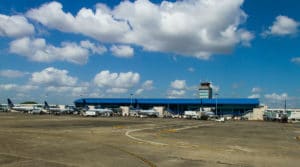
Panama’s roads, traffic and transportation systems are generally safe, though night driving is difficult and in many cases, restricted by local authorities. This usually occurs in informal settlements. Traffic in Panama moves on the right, and Panamanian law requires that drivers and passengers wear seat belts, and airbags are not mandatory. Highways are generally well-developed for a Latin American country.
Currently, Panama City has buses known as Metrobuses, along with two Metro lines. Formerly, the system was dominated by colorfully painted diablos rojos; a few remain, and are mostly used on rural areas along with “chivas“.
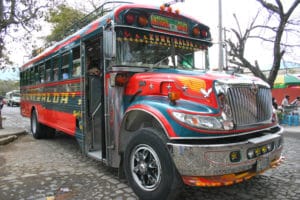
A diablo rojo is usually customized or painted with bright colors, usually depicting famous actors, politicians or singers. Panama City’s streets experience frequent traffic jams due to poor planning for now-extensive private vehicle ownership.
Flag of Panama:
The flag of Panama was made by María de la Ossa de Amador and was officially adopted by the “ley 48 de 1925”. The Panamanian flag day is celebrated on November 4, one day after Panamanian separation from Colombia, and is one of a series of holidays celebrated in November known as the Fiestas Patrias.
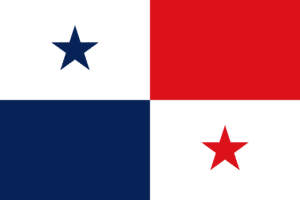
The first flag proposed in 1903 consisted of thirteen horizontal stripes of alternating red and yellow, with a blue canton containing two golden suns, joined by a narrow line to depict the oceans to be united by the Panama Canal.
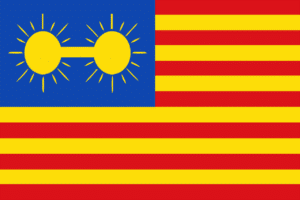
However, this was not accepted by the Panamanian leader, Manuel Amador Guerrero, whose family designed a new flag.
The stars and quarters are said to stand for the rival political parties, and the white is said to stand for the peace in which they operate. Blue was the color of the Conservatives and red was the color of the Liberals.
